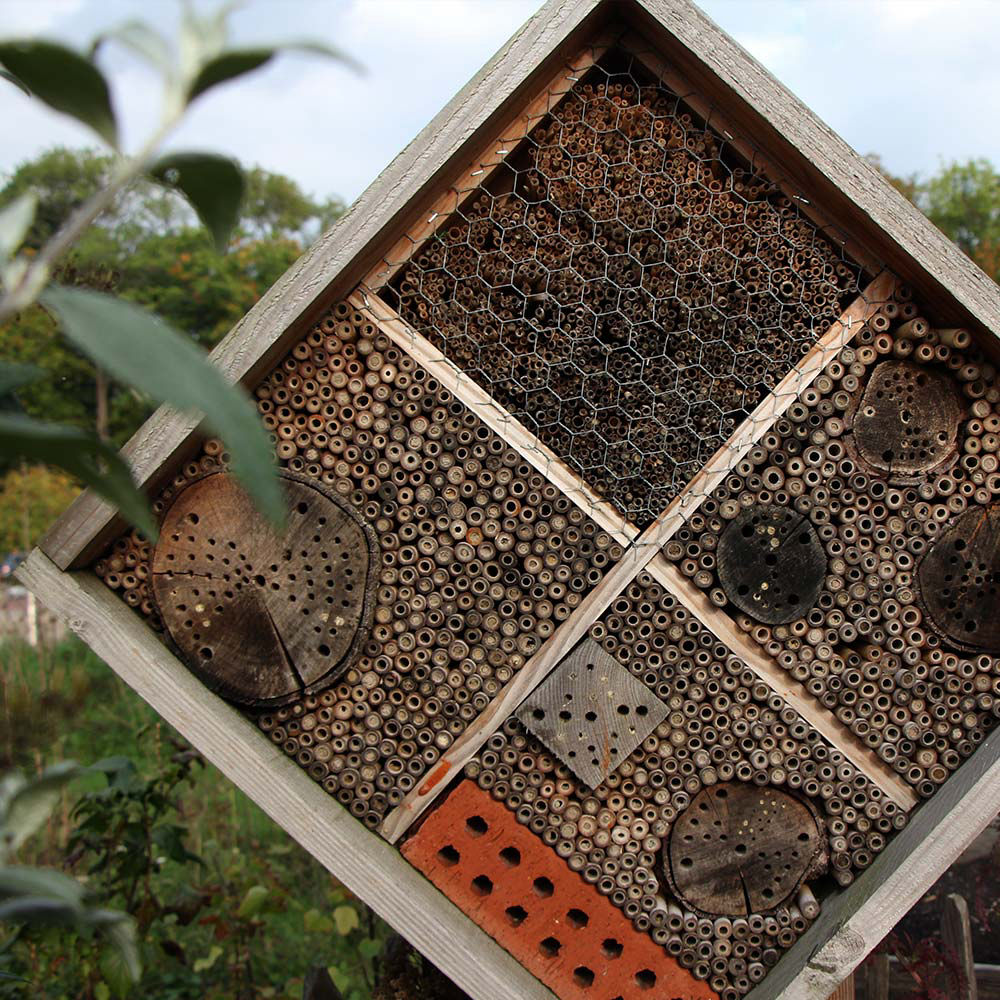
What can you do?
Alarming decrease in wild pollinators, many species endangered
Our wild pollinating insect populations (wild bees, hoverflies, and butterflies) are in distress. There are around 20,000 different species of wild bees worldwide, of which around 2000 species live in Europe! A global study by IPBES from 2016 showed that wild pollinators have declined in occurrence and diversity at local and regional scales in North West Europe and North America. In Europe for example, 9 per cent of the bee and butterfly species are endangered and 37 per cent of the bee populations and 31 per cent of the butterfly populations are declining.
Today, many people take initiatives to support the conditions for pollinators. They grow more flowers in their gardens or install bee hotels. Even such small measures soon attract more bees, butterflies, and hoverflies to the garden. Besides that, a more natural garden offers additional benefits (see text box).
Small, local measures for pollinators are important, of course, but a real difference can be made when more people and organisations take measures across a larger area. More and diverse measures can eventually result in a landscape where wild pollinators find a sustainable habitat – a so-called Bee Landscape.
Download a brochure to use this information offline: What can you do? (A4, pdf, 3.2 MB)

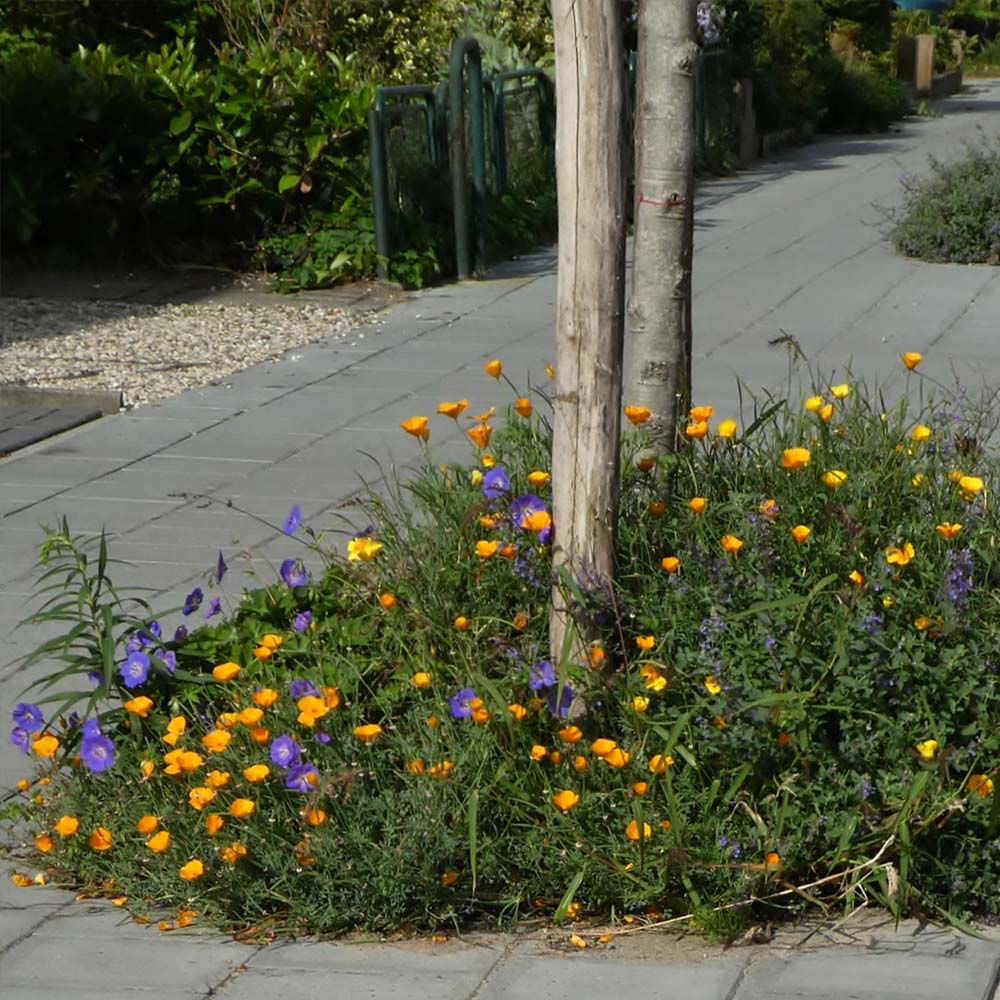
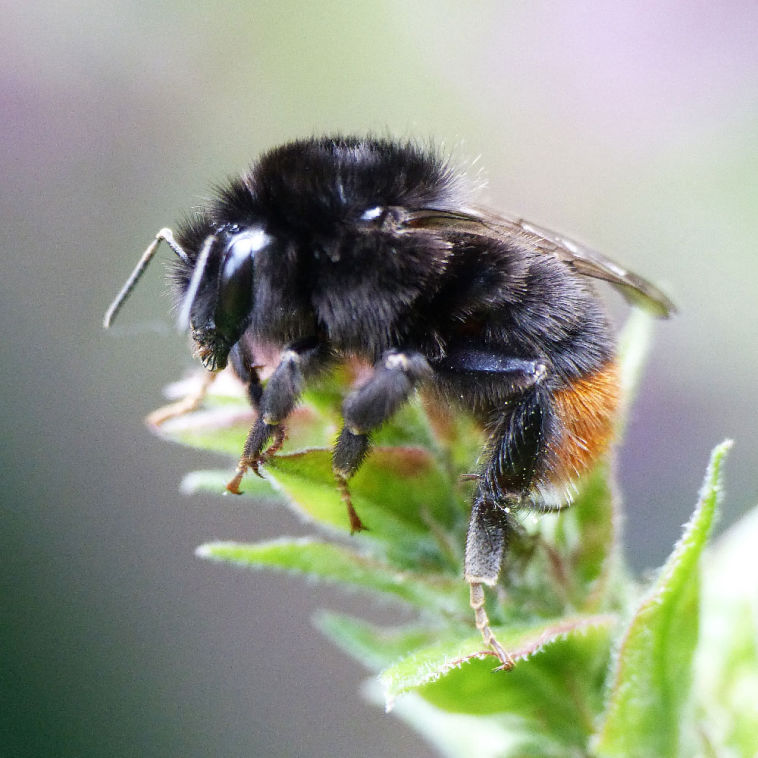
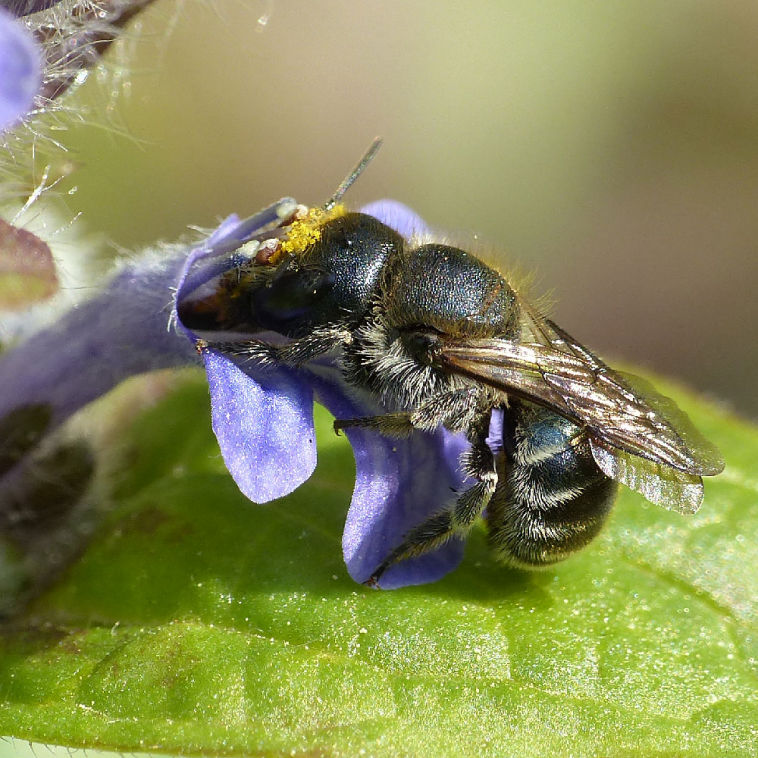

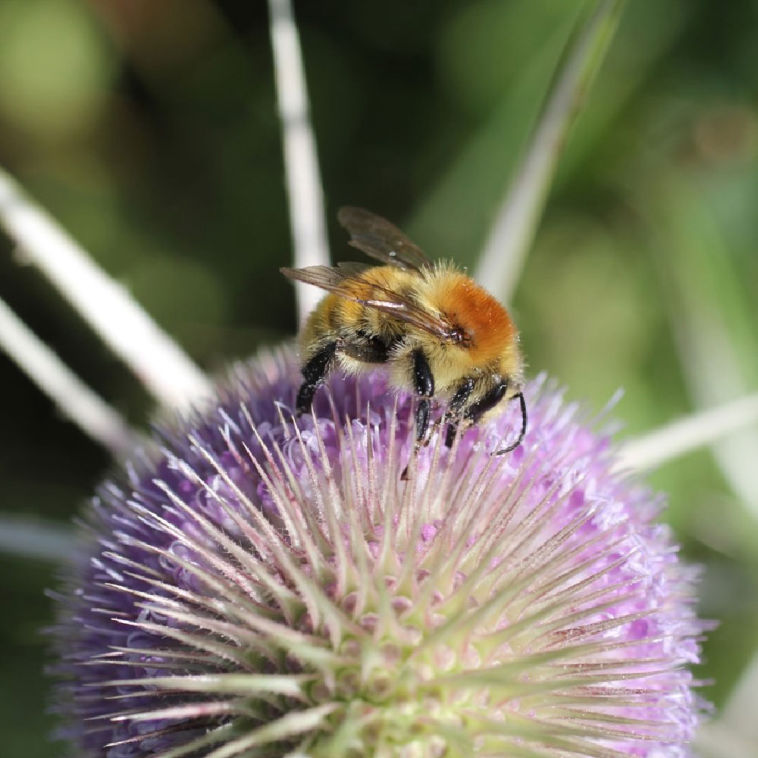
Share this on